 |
| Heart |
Cardiac arrest is a sudden loss of blood supply that results from the heart’s inability to efficiently pump. Signs include lack of consciousness and respiration that is irregular or absent. Before the cardiac arrest, some people may experience chest pain, shortness of breath, or nausea.
This emergency medical condition requires immediate CPR or the use of a defibrillator. Drugs, an implantable device, or other treatments require hospital treatment.
Causes of Cardiac arrest
The main causes of Cardiac arrest are:
- The scarring of heart tissues.
- The thickness of heart muscles.
- Heart medication.
- The electrical abnormality.
- Abnormal blood vessel.
- The Recreational drug use.
Precautions of Cardiac arrest
The precautions of Cardiac arrest are:
- Eat healthy food for the heart.
- Control your body weight.
- Manage your body stress.
- Do regular physical activities.
- No use of smoking.
Treatment for cardiac arrest
Your doctor can start one or more treatments to reduce the risk of another attack if you survive a cardiac arrest.
- Medication
High blood pressure and cholesterol can be reduced by medicine.
- Surgery
Surgery can repair blood vessels or heart valves that have been damaged. It can also bypass blockages in the arteries or eliminate them.
- Exercise
- Running

Running Benefits of Running
- It is a weight burning exercise
- Help to maintain the weight
- Help to maintain cardiovascular fitness.
- Help to reduce the risk of heart.
- Swimming
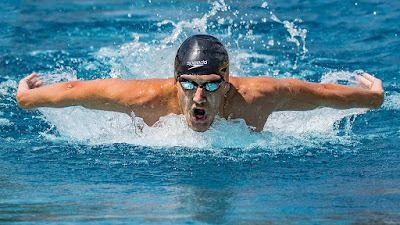
Swimming Benefits of Swimming
- Help to heart rate up
- Help to build endurance, strength.
- Maintain cardiovascular fitness.
- Reduces the risk of heart.
- Jumping rope

Jumping rope Benefits of Jumping rope
- Help to improve your heart health
- Help to improve concentration and coordination.
- Help to maintain stamina
- Help to maintain cardiovascular fitness.
- Help to reduce the risk of heart.
- Running
- Diet
- Use a diet with low saturated fat.
The food which has a limited amount of fat and saturated fats are Leafy greens, Fruits, Beans and legumes, Sweet potatoes, Tart cherry juice, Cruciferous Vegetables, Mushrooms, Garlic, Ancient grains, Lean fish, Chicken breast, low-fat dairy products, Egg white.
- Use food with low cholesterol.
The diet which we can use for low cholesterol: Legumes, Avocados, Nuts(Almonds and walnuts), Fatty Fish, Whole grains, fruits and berries, Dark chocolate, Garlic, Soyfood, Vegetables, Tea, Dark leafy greens, Extra virgin olive oil.
- Use less amount of salt
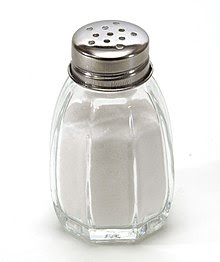
Salt The ways to eat low salt
- Always choose low sodium products.
- Pick foods that are unprocessed or minimally processed
- Train yourself to shift from a normal salt diet to a low sodium diet.
- Keep an eye on the amount of salt when dining out.
- Eat a max amount of fruit and vegetables.
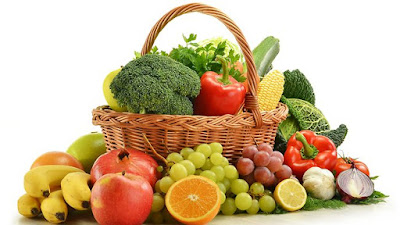
Fruits and vegetable Arrange your diet with food and vegetables like Oats, Whole grains, Beans, Eggplant, Nuts, Vegetable oil, Apple, grapes, strawberries, Soy, Fiber supplements.
- Use fish in the diet which has omega-3 fatty acid.
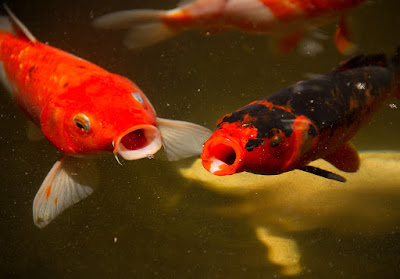
Fish Use fish in your diet properly because it has omega-3 fatty acid which is good for the heart and reduces the risk of heart and other diseases too.
- Consume less amount of alcohol.
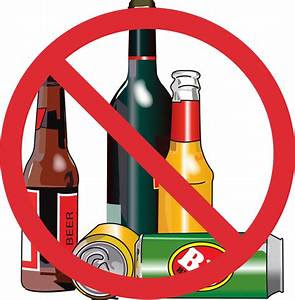
No alcohol For a good and healthy lifestyle or to prevent yourself from the diseases you have to control the consumption of alcohol, the high amount of alcohol consumption can be the reason for heart disease.
- Juice
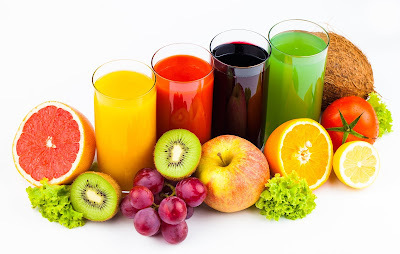
Juice Using juice in your daily diet makes your body healthy and provides energy to your body to fight diseases. Keeps your body healthy. Keeps your fresh and energetic.
- Use a diet with low saturated fat.
Tags Cardiac arrest health
